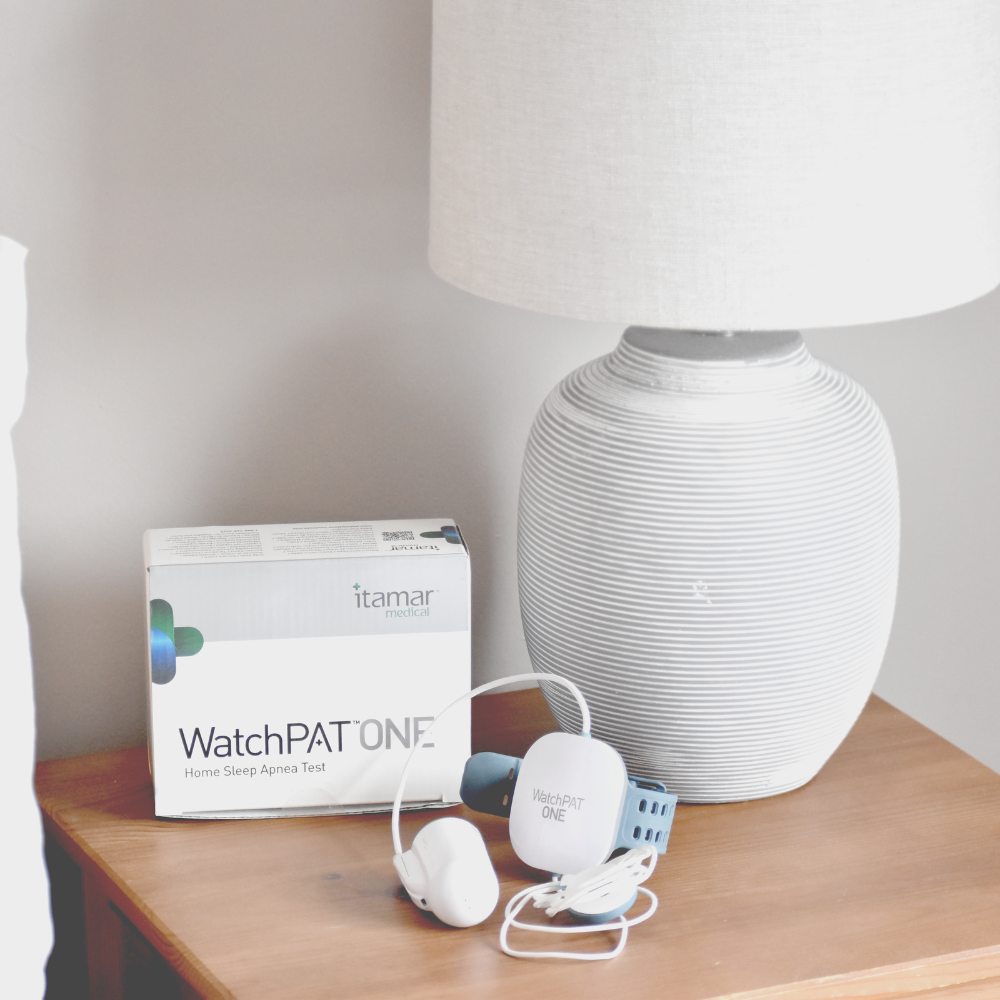Fact Checked
Intus Healthcare’s writers, customer service team, and sleep experts review and ensure this information is accurate.
Last updated on March 28th, 2025 at 02:30 pm
Your lung capacity shows how much air your lungs can hold. As we age, our lung capacity decreases.
Lung capacity varies between individuals based on age, gender, physical fitness, and overall lung health. Regular physical activity, proper breathing techniques, and avoiding smoking are important for maintaining a healthy lung capacity.
In certain medical conditions, including Chronic Obstructive Pulmonary Disease (COPD), Asthma, and Obstructive Sleep Apnoea (OSA), lung capacity can be reduced, which may lead to difficulties in breathing and decreased physical performance.
Table of Contents
Improving Lung Capacity
Those diagnosed with Sleep Apnoea are at particular risk, as failing to obtain the proper rest can lower their immune system and make them more prone to severe side effects.
Optimising the amount of oxygen our lungs can absorb is crucial. Let’s take a quick look at a few basic facts associated with lung capacity before discussing three exercises that can be performed to increase lung capacity.
Why is the Capacity of Our Lungs Important?
The capacity of our lungs is crucial because it determines how efficiently we can breathe and obtain oxygen. The lungs play a vital role in the respiratory system, allowing oxygen to enter our bodies and carbon dioxide to be expelled.
A larger lung capacity means more air can be inhaled and exhaled with each breath, improving blood oxygenation and enhancing overall respiratory function. This is especially important during physical activities that require increased oxygen intake and in maintaining optimal lung health and preventing respiratory conditions. A healthy lung supports the body’s immune system by ensuring proper oxygen supply to all organs and tissues.
What are the Symptoms of Low Lung Capacity?
- Chest tightness
- Wheezing
- Chest Pain
- Shortness of breath
However, the good news is that we can improve their efficiency by performing three exercises daily. These can help reduce symptoms such as shortness of breath while enhancing overall functionality.
Ways to Increase Lung Capacity
Pursed-Lip Breathing
This first exercise is highly beneficial to anyone suffering from respiratory conditions such as COPD and Asthma. Begin by sitting upright in a comfortable position.
Then, “purse” your lips together so that only a tiny amount of air can enter and exit (much like if you were preparing to kiss someone). Slowly inhale through the nose in a controlled manner for approximately five seconds. Afterwards, exhale through your mouth for ten seconds (or as long as possible). Initially, use a stopwatch or timer to learn the rhythm.
This is an excellent technique if your physical activities are limited or if you need to be more capable of performing more strenuous exercises.
Diaphragmatic Breathing
Belly breathing or diaphragmatic can trace its roots back to ancient Eastern cultures, as monks and martial artists developed this exercise to obtain greater levels of awareness and strengthen their internal “chi” (energy flow).
The American Lung Association has likewise found that controlled belly breathing can help to improve the rates at which your lungs contract and expand. The main focus is placed on your diaphragm, and here are the relevant steps:
- Lightly place your hand on your stomach.
- Breathing slowly through the nose, make it a point to note how much your stomach muscles move.
- Exhale through your mouth.
- During the next breath, allow your stomach to move out slightly further than previously.
- Ideally, you should exhale between two and three times longer than when you inhale.
Try to perform belly breathing for five to ten minutes daily. Also, gently roll your shoulders forward and backwards while rotating your neck. This can help to ensure that you are not placing any undue muscular strain upon your upper body.
Interval Breathing Sessions
Those suffering from conditions such as COPD or OSA will often find it challenging to engage in prolonged exercise due to their inability to obtain the appropriate amount of oxygen.
Interval training involves short bouts of intense physical exercise followed by relatively long periods of mild activity.. Here are two examples to illustrate the basic principles:
- Two minutes of light jogging followed by two minutes of walking.
- Thirty seconds of sprinting and two minutes of slow jogging.
Most experts recommend that you pace yourself when performing any exercise that causes breathing difficulties. It is better to give your lungs a chance to rest using this technique before placing them under pressure again.
Tips to Maintain Healthy Lungs
The lung exercises above may seem simple, but they can take time to master. Practice each for five to ten minutes daily to increase your lung capacity gradually.
While there is no doubt that the three techniques mentioned above will come in handy, it is essential to remember that healthy lungs are also a result of developing the proper habits. Always keep these well-established recommendations in mind.
- Quit smoking: Smoking damages the lungs and reduces lung capacity, so quitting smoking can help improve lung capacity and overall respiratory health.
- Stay hydrated: Drinking plenty of water and staying hydrated helps keep your lungs healthy and functioning correctly.
- Maintain a healthy weight: Being overweight can put extra strain on the lungs, so maintaining a healthy weight can help improve lung capacity and overall health.
- Yoga and Pilates: These practices emphasise breath control and can help you improve your lung capacity by teaching you how to breathe more efficiently.
- Regular Cardiovascular Exercise: Engaging in aerobic activities like running, swimming, cycling, and brisk walking can help strengthen your respiratory muscles and increase lung capacity. Aim for at least 150 minutes of moderate-intensity aerobic exercise per week.
- Avoid Environmental Pollutants: Minimise exposure to smoke, chemicals, and other irritants that can harm your lungs.
- Get regular checkups: Regular checkups with your healthcare provider can help identify any issues with your lung function and provide early intervention if needed.
Whether you have been diagnosed with Sleep Apnoea or are concerned about the long-term impacts of COVID-19, take a proactive approach.
What Causes Decreased Lung Capacity?
- Lung diseases (COPD, Asthma)
- Obesity
- Chest deformities
- Pregnancy
- Vitamin D deficiency
- Smoking
- Pollution
Could you have Sleep Apnoea?
Your reduced lung capacity could be down to the sleep disorder Obstructive Sleep Apnoea. Symptoms of this include:
If you have symptoms of OSA, take our In-Home Sleep Test, you will receive your results within two working days.

Home Sleep Apnoea Test
The test monitors your heart rate, snoring intensity, blood oxygen levels, body positioning, and more, providing accuracy comparable to testing used in sleep clinics for in-depth sleep analysis.
The simple-to-use test takes just one night to complete, and results are returned within two working days after completion.
Our experienced NHS-qualified sleep professionals independently analyse all studies, providing follow-up advice and support.
About Our Editorial Team
Danni is a degree-educated content writer passionate about helping those with Sleep Apnoea sleep better; she works closely with our clinical and customer care teams to ensure that each article is thoroughly researched and accurate.
Her writing aims to inform, support, and advise readers about Sleep Apnoea, helping to raise awareness and promote effective treatment options.
She has written many health-focused articles, reaching hundreds of readers annually, to help people sleep better and live healthier lives.
Lateisha King is an experienced Sleep Clinician with advanced training in polysomnography and respiratory health.
With over six years of experience, including at the prestigious Guy’s and St Thomas’ NHS Foundation Trust Hospital, she has conducted and reviewed more than 500 diagnostic sleep studies.
Her expertise in sleep science ensures that all articles align with the latest data and treatment protocols, providing readers with trustworthy and practical advice to improve their sleep health and overall well-being.





